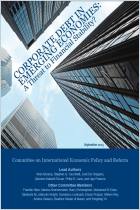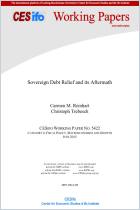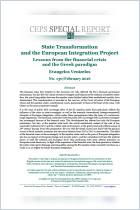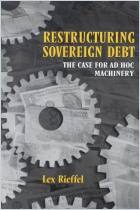
Revisiting Sovereign Bankruptcy
Committee on International Economic Policy and Reform
Read or listen offline
Amazon KindleRecommendation
When people and companies run into deep financial trouble, bankruptcy provides an orderly resolution. For countries in dire financial straits, however, gaining a fresh start through bankruptcy is not an option. Without clearly defined paths for debtor countries, creditors may be relegated to “debt purgatory,” and countries may face complex or unsatisfactory solutions when fiscal trouble strikes. The debt crisis in Greece and the continuing economic threats in Europe underscore a need for more formalized arrangements to protect both debtors and creditors in a sovereign debt crisis. This paper from the independent Committee on Economic Policy and Reform offers valuable insight into the problems and possible solutions surrounding troubled sovereign debt, but you may wonder if nations’ ingrained, sometimes-sloppy borrowing habits can ever change. getAbstract recommends this report to anyone interested in the nuances and dangers of lending to countries that have feasted too enthusiastically at the world’s debt buffet.
Summary
About the Authors
The Committee on International Economic Policy and Reform, an unaffiliated group of former central bankers, academics and government officials, studies global economic issues and proposes solutions that “reconcile national interests with broader global interests.”


















Comment on this summary or Start Discussion